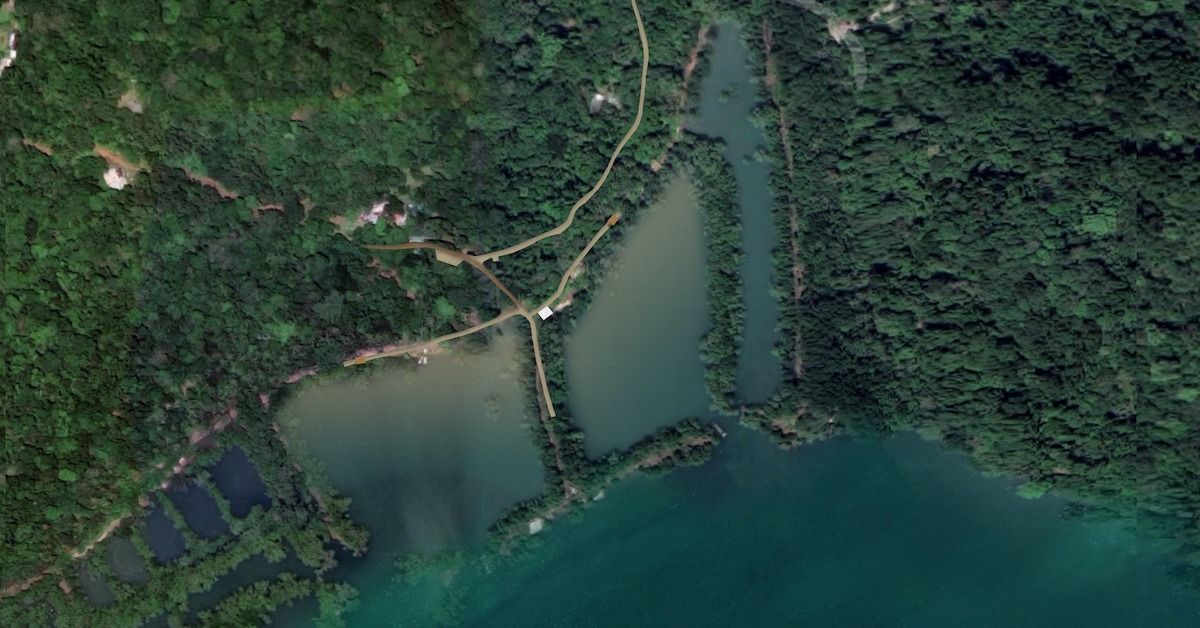Natural and cultural heritage can coexist – and it should – as Orang Pulau descendant Nor Syazwan Bin Abdul Majid (aka Wan) says.
Two days ago on Oct. 29, the National Parks Board (NParks and OCBC Bank revealed plans to restore former mangroves at Sungai Durian in Pulau Ubin.
The project will focus on a site in Pulau Ubin that used to be mangroves but was converted to aquaculture ponds in the 1990s to facilitate farming. The ponds have since been disused and abandoned for a while and it is believed that through restoration, the land’s natural carbon storage abilities (that’s what mangroves do) can be realised again.
The upcoming OCBC Mangrove Park will be the first large-scale project to adopt the Ecological Mangrove Restoration method. This method relies on a self-sustaining ecosystem with minimal human interaction so as to allow the mangroves to propagate and form naturally.
The project is expected to be completed by the end of 2026 and will see 8,000 mangrove plants naturally take root at the site.
Wan, who also runs Wan’s Ubin Journal on Instagram, commends the environmental efforts of NParks and OCBC on this project but he also raised the issue of the cultural heritage of Pulau Ubin’s Orang Pulau community being “overshadowed, neglected, and eventually forgotten.”
He is an active advocate for the recognition and awareness of the Orang Pulau community in Singapore and his grandparents also lived on the island.
The Orang Pulau (which literally translates to ‘people of the island’) refers to the early inhabitants on Pulau Ubin who were the Orang Laut and indigenous Malay of Bugis and Javanese origins.
Wan wrote on his post: “Sungei Durian is also a very special place for my family, as its northeastern tributary was named Sungei Awang Minyak – after my grandfather – by the local Orang Pulau community, simply because he used to dock his sampan there.”
“The mangroves on Pulau Ubin – be it as massive as the Chek Jawa wetlands or as humble as the mudflats of Sungei Durian – were a source of sustainability and sustenance for its Orang Pulau community,” he added.
“Our natural and cultural heritage are inseparable; for our culture could not exist without nature, and nature could not flourish without our culture.”
Nor Syazwan Bin Abdul Majid aka Wan’s Ubin Journal
He shared instances of the symbiotic relationship between the villagers, the mangroves and the river and how the area had provided not only food but also a place of shelter.
Coconuts have reached out to OCBC for a comment but have yet to receive a reply.
What Wan raises is an important aspect of environmental work, especially in Singapore. In our efforts to restore the environment, it is necessary that we are mindful of culture and heritage. In the words of Wan, “Our natural and cultural heritage are inseparable; for our culture could not exist without nature, and nature could not flourish without our culture.”
RELATED – Why a ban on marine foraging will affect the lives of Ubin islanders





Reader Interactions